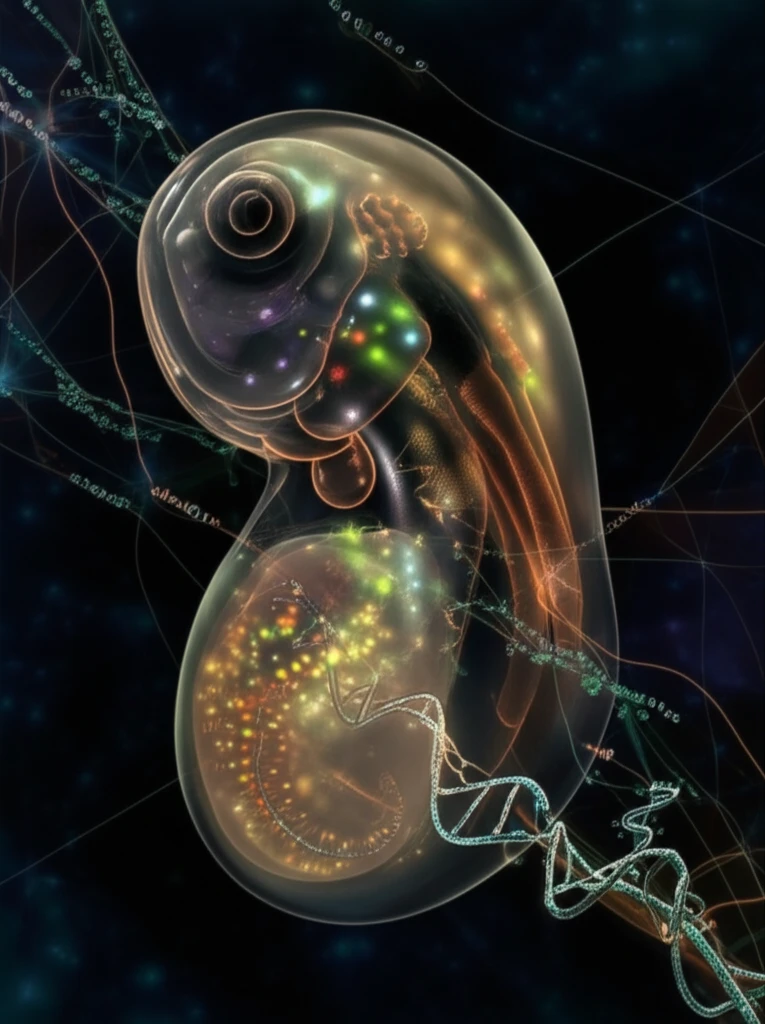
Decoding the Spinal Cord: How Embryonic Cells Shape Our Nervous System
"New research reveals the surprising ways early cells build the spinal cord, challenging long-held assumptions about development and growth."
The development of an embryo is a complex choreography where cells transform into distinct germ layers. For years, scientists believed that in mice, this process relies on neuromesodermal progenitors (NMPs), special stem cells that continue their work throughout the formation of the somites – precursors to vertebrae, ribs, and muscles.
However, the story gets more complex when we look at the rapidly developing zebrafish. Researchers have long debated whether zebrafish embryos rely on the same NMP-driven approach. Is there a self-renewal mechanism at play in these tiny fish, or does spinal cord development follow a different set of rules?
Now, a groundbreaking study has shed new light on this developmental puzzle. By tracing the lineages of early embryonic cells in zebrafish, scientists have uncovered a fascinating interplay between genetics and growth, revealing both conserved strategies and surprising species-specific adaptations in spinal cord formation.
Zebrafish Development: Challenging the Mouse Model

In amniotes, cells continually allocate to the posterior pre-somitic mesoderm and spinal cord, but the existence of a similar mechanism in zebrafish has remained controversial. While studies have confirmed the presence of Sox2/Tbxta-positive cells in the tailbud, suggesting an NMP-like population, lineage analysis has presented conflicting results. Some argue against a stem cell-like population homologous to the mouse NMP pool.
- ScarTrace Experiment: Injected Cas9 RNA or protein with sgRNA into zebrafish embryos, creating unique 'scars' in the genome of labeled cells.
- Distance Calculation: Isolated and sequenced scars from various adult fish tissues to determine the genetic distance between spinal cord, muscle, and other tissues.
- Clustering Analysis: Heatmaps and bootstrapped trees revealed closer relationships between spinal cord and muscle tissues compared to spinal cord and anterior neural regions.
A New Understanding of Spinal Cord Development
The team's detailed analysis revealed that zebrafish spinal cord development involves a combination of direct allocation during gastrulation and a delayed allocation from a tailbud NMP population. This challenges the traditional mouse model and highlights the diversity of strategies employed by different species to achieve the same developmental outcome. These results open new avenues for understanding the complex interplay between genetics, growth, and cellular dynamics in embryonic development.
